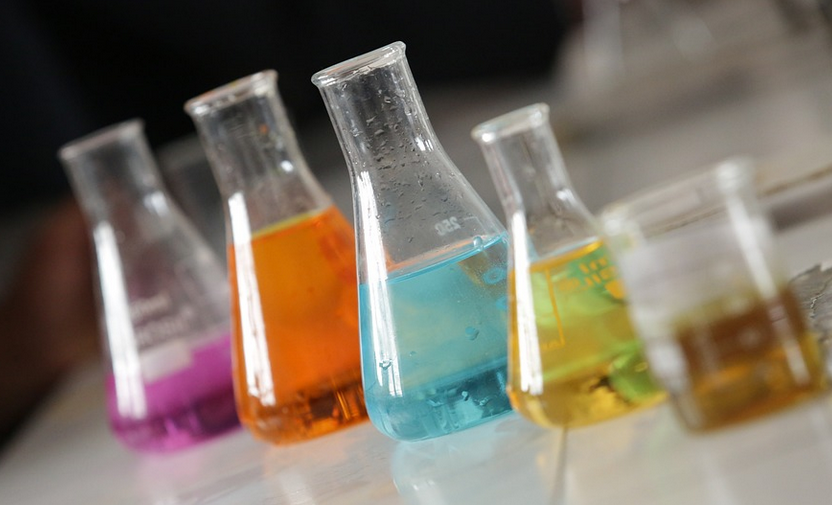Introduction
Sublimation is a fascinating process that occurs when a solid substance is transformed directly into a gas without passing through the liquid phase. This chemical and physical change has numerous applications in various industries, from textiles to food preservation. In this article, we will explore the science behind sublimation and its practical uses.
The Science Behind Sublimation
Sublimation occurs when a substance’s vapor pressure exceeds its melting point. When the pressure is high enough, the molecules of the solid substance gain enough kinetic energy to break free from their fixed positions and transform into a gas. This process is endothermic, meaning it absorbs heat from the surroundings.
Sublimation in Nature
Sublimation is a common occurrence in nature, especially in cold and dry environments. For example, snow and ice can transform directly into water vapor in a process called sublimation. This phenomenon is responsible for the formation of frost and the disappearance of ice cubes in the freezer.
Sublimation in Textile Industry
Sublimation is widely used in the textile industry to print designs on fabrics. In this process, a special ink is printed on a transfer paper and then transferred to the fabric using heat and pressure. The ink sublimates, and the gas molecules penetrate the fibers of the fabric, creating a permanent and vibrant print.
Sublimation in Food Preservation
Sublimation is also used in food preservation to remove moisture from food products. Freeze-drying is a sublimation process that involves freezing the food, reducing the pressure, and then applying heat to transform the ice crystals directly into water vapor. This process preserves the flavor, texture, and nutrients of the food.
Advantages of Sublimation
Sublimation has several advantages over other processes, such as:
No Liquid Phase
Sublimation skips the liquid phase, which can be useful in situations where the liquid phase can cause damage or contamination.
Precision and Consistency
Sublimation can provide precise and consistent results, making it ideal for printing and manufacturing processes.
Energy Efficiency
Sublimation is energy-efficient because it requires less energy than other processes that involve heating and cooling.
Conclusion
Sublimation is a fascinating process that has numerous applications in various industries. Understanding the science behind sublimation can help us appreciate its practical uses and benefits. Whether it’s printing on fabrics or preserving food, sublimation offers a precise, consistent, and energy-efficient solution.

